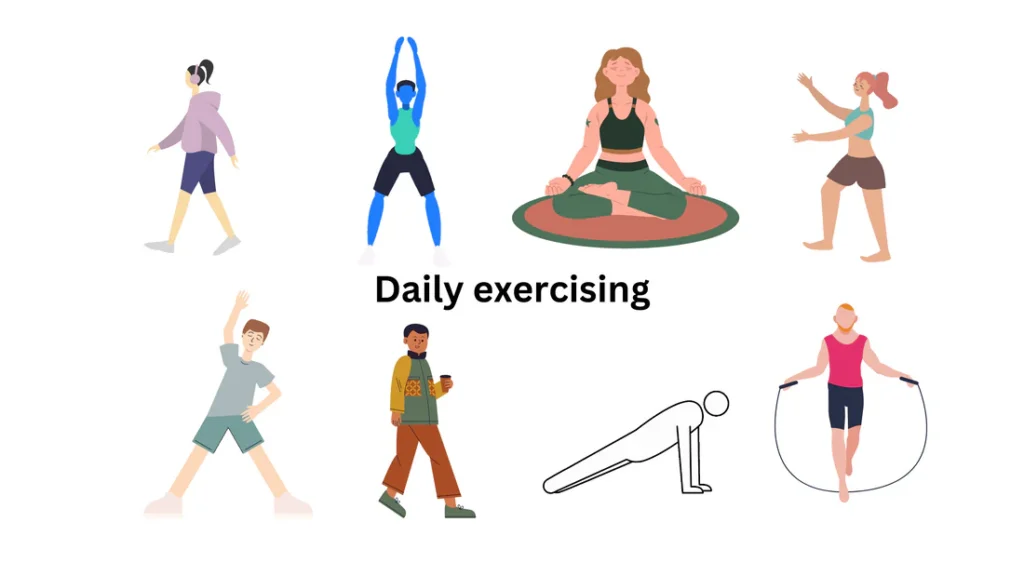Heart Attacks Are Rising — Are You Prepared?
These days, we often hear alarming news about people dying prematurely due to heart attacks. This naturally raises the question: “Am I at risk of a heart attack?”
Thankfully, there’s a way to calculate your risk and take action in time.

Let’s Understand the Heart Attack Risk Calculator
Today, we’ll learn about a scientifically designed heart disease risk calculator that can tell you — in percentage — how likely you are to have a heart attack in the next 10 years or even in your lifetime.
The good news? Even if your risk is high, it can be lowered with smart lifestyle changes.
Why Does a Heart Attack Happen?
Most heart attacks are preventable. The majority of risk factors are linked to poor lifestyle choices, such as unhealthy eating, lack of physical activity, smoking, and unmanaged medical conditions.
So yes — you have control over your future heart health.
Who Should Use the Heart Attack Risk Calculator?

The calculator is designed for two age groups:
-
Above 40 years – it calculates your 10-year heart attack risk.
-
Below 40 years – it calculates your lifetime heart disease risk.
Age 40 is used as a benchmark because aging is a significant risk factor for cardiovascular diseases.
What Information Is Needed for the Risk Assessment?
To use the calculator, you’ll need the following details:
Basic Info:
-
Age
-
Sex
Clinical Measurements:
-
Blood pressure (Systolic/Diastolic)
-
Lipid profile (Total cholesterol, LDL, HDL)
Tip: If you haven’t done your lipid profile yet, get it tested first.
Medical History:
-
Do you smoke?
-
Are you on blood pressure medication?
-
Do you have diabetes?
Once all this information is entered, the calculator will give you a percentage risk of having a heart attack.
Understanding the Results
1. Lifetime Risk
Your estimated risk of developing heart disease over your entire life.
2. 10-Year Risk
Only available for people aged 40 and above, this tells you your likelihood of having a heart attack within the next decade.
3. Optimal Risk
This is the lowest possible risk you can achieve if you make improvements to your health status — like quitting smoking, lowering cholesterol, managing diabetes, or exercising regularly.
If You’re Under 40: What You Should Do
People under 40 only get lifetime and optimal risk results from the calculator. You should:
-
Reassess your risk every 4 to 6 years
-
Adopt a heart-healthy lifestyle early to maintain low risk
What Does a Heart-Healthy Lifestyle Include?
1. Quit Smoking

Avoid all forms of tobacco completely.
2. Daily Exercise

Get at least 30 minutes of physical activity every day.
3. Healthy Diet

Eat whole foods, fresh vegetables, lean proteins, and reduce sugar and processed foods.
4. Maintain a Healthy Weight

If you’re overweight, aim to reduce it gradually.
If You’re Over 40: What Do the Results Mean?

Low Risk (10-Year Risk ≤ 5%)
This is excellent. Keep it that way by:
-
Following the four pillars of a heart-healthy lifestyle
-
Monitoring health parameters regularly
Borderline or Intermediate Risk (10-Year Risk 5% – 20%)
This category requires careful attention. You must:
Stop Smoking Immediately

This is one of the most powerful ways to reduce your risk.
See a Doctor If You Have:
-
High BP (above 130/80 mmHg)
-
Diabetes
-
Obesity
-
High LDL Cholesterol (above 160 mg/dL)
-
Family history of early heart disease:
-
Male relatives who had a heart attack before age 55
-
Female relatives before age 65
-
-
Premature menopause (before age 40)
-
High BP during pregnancy
-
Autoimmune diseases (like lupus or rheumatoid arthritis)
-
HIV/AIDS
Important: Repeat your risk assessment every year if you’re in this category.
High Risk (10-Year Risk > 20%) – What Now?
If you fall into the high-risk category, you should consult a doctor immediately.
Most heart attack risks can be reduced significantly with treatment:
-
Manage high blood pressure
-
Control diabetes
-
Lower cholesterol
-
Lose excess weight
-
Quit smoking
-
Start regular physical activity
Aim to Reach the Optimal Risk Range
Even if you’re currently at high risk, with the right actions, you can bring your risk down to optimal levels and prevent a heart attack.
Conclusion: Lifestyle is the Best Heart Protector
Heart attacks are largely preventable — your health is in your hands. Use the calculator to understand where you stand and take proactive steps. Whether you’re 30 or 60, it’s never too early or too late to protect your heart.
Act today — a small step now can prevent a major event later.